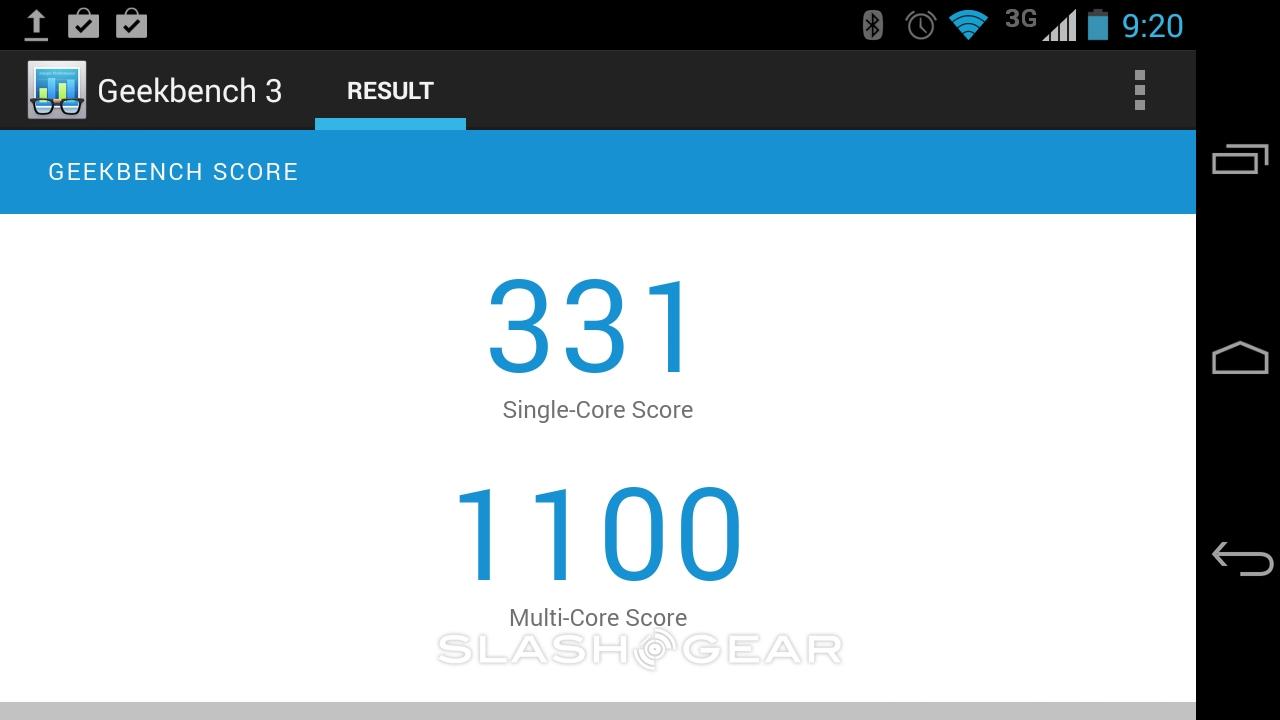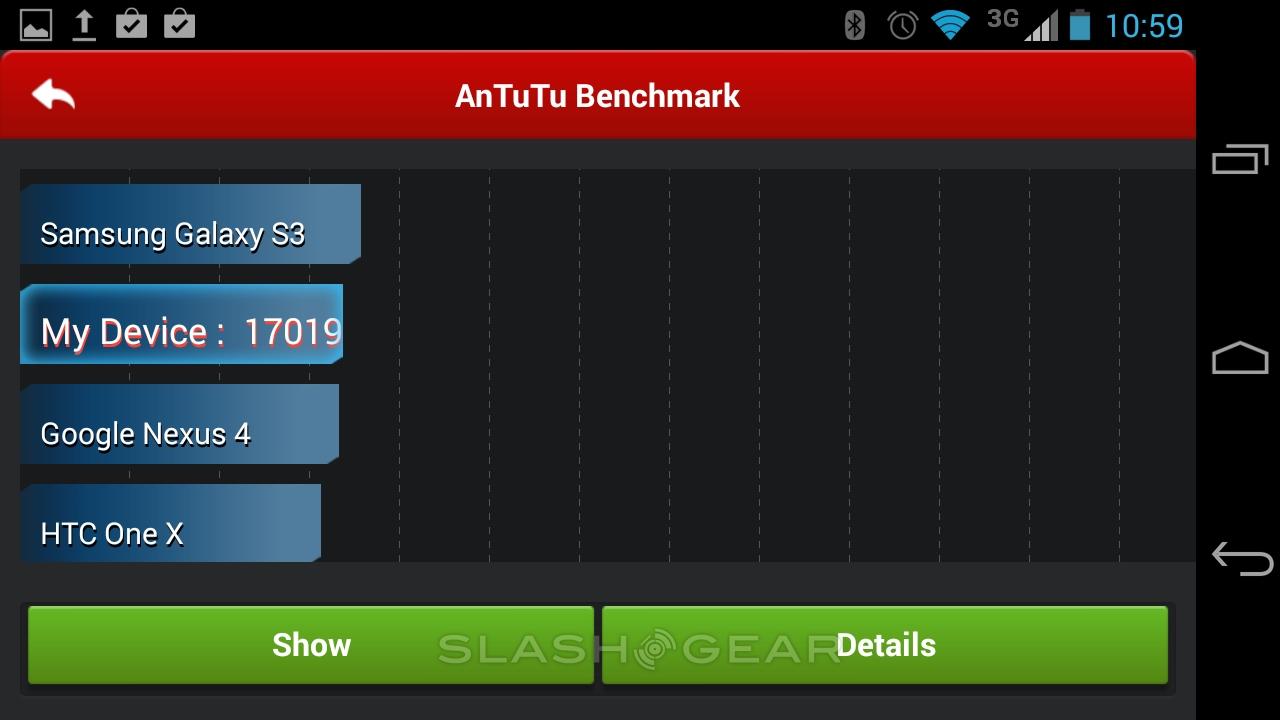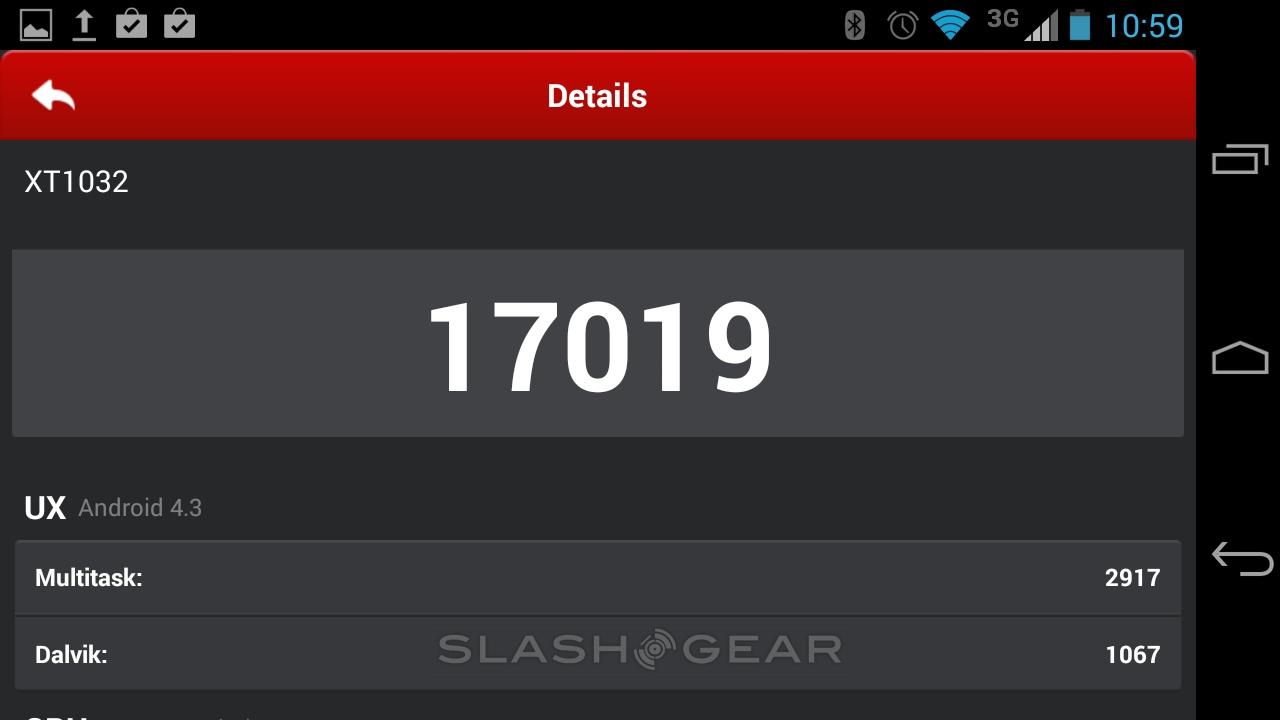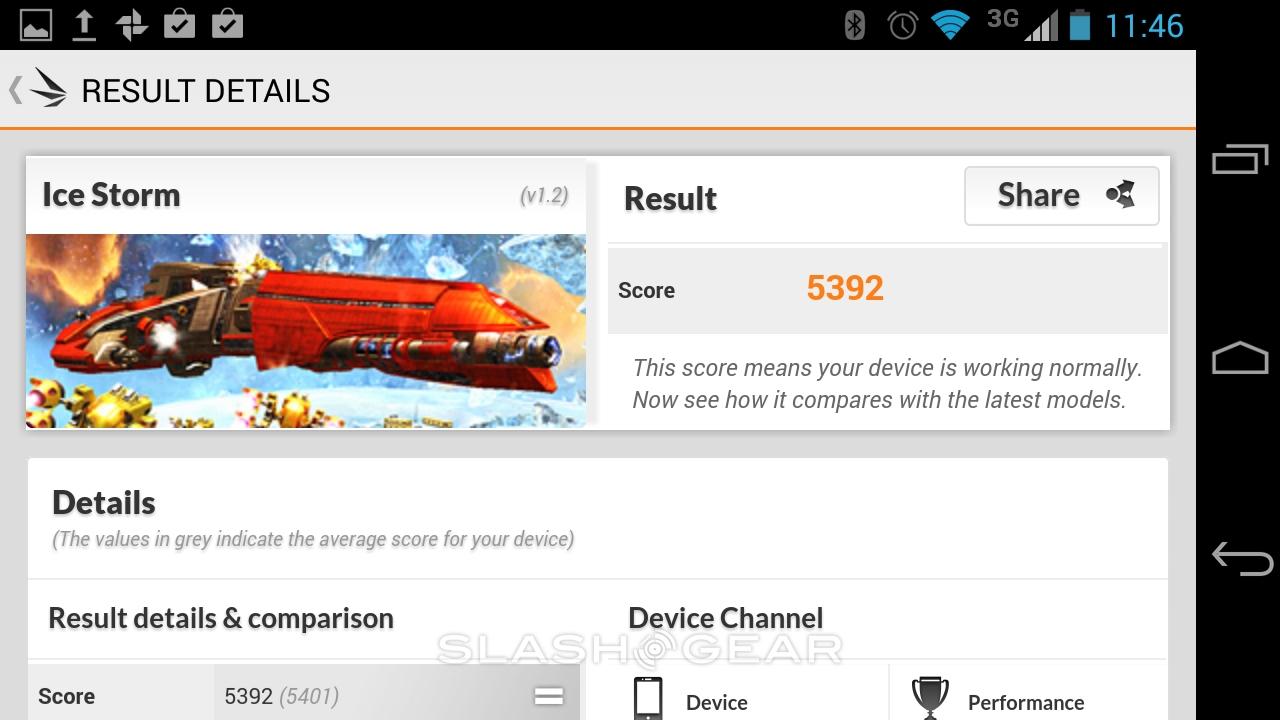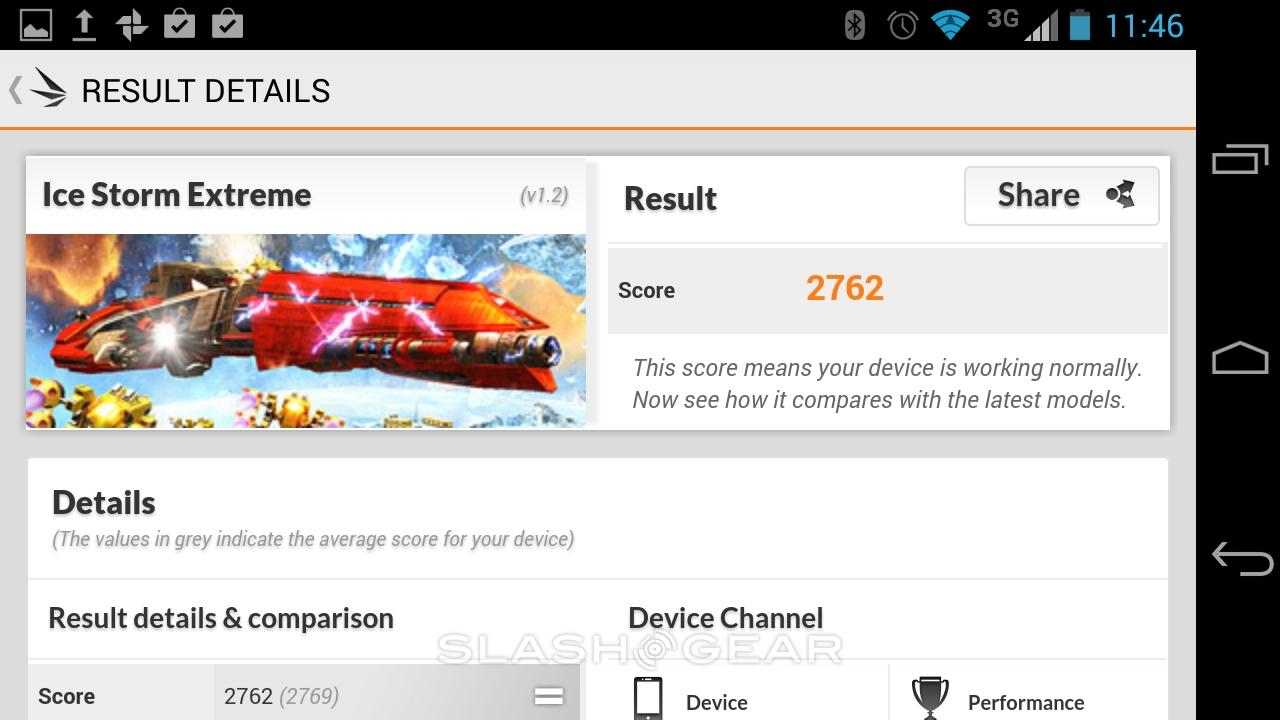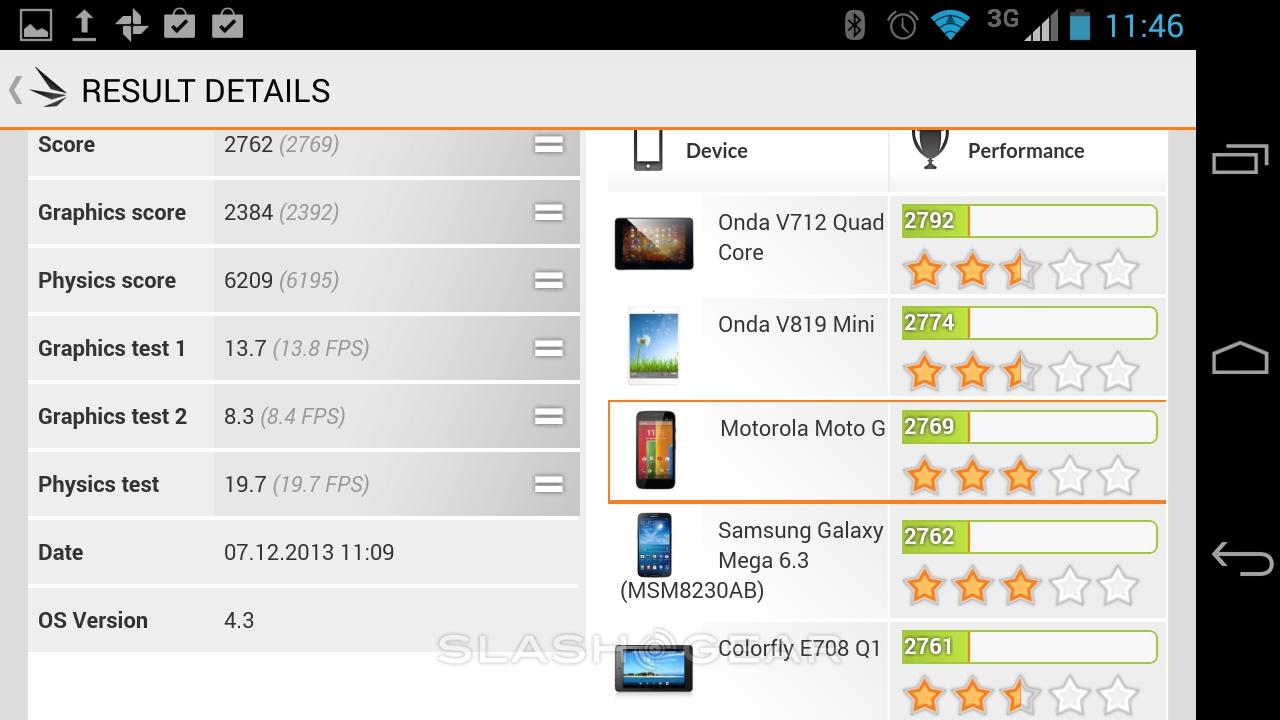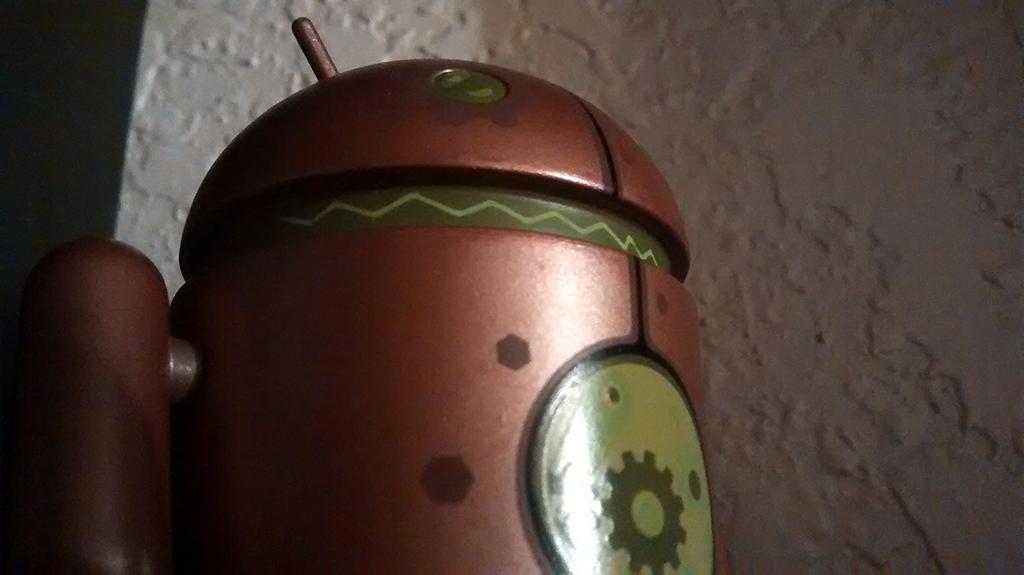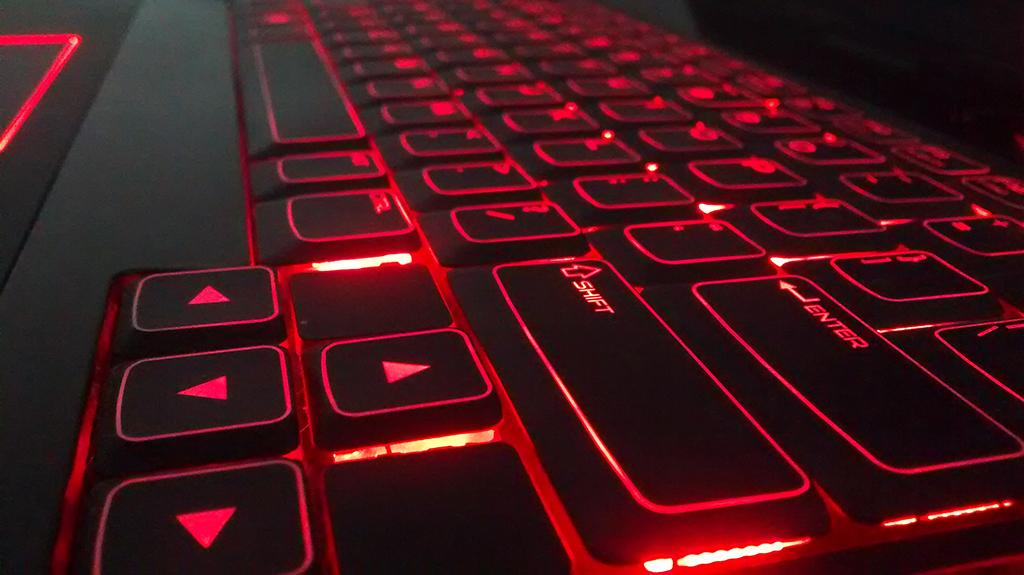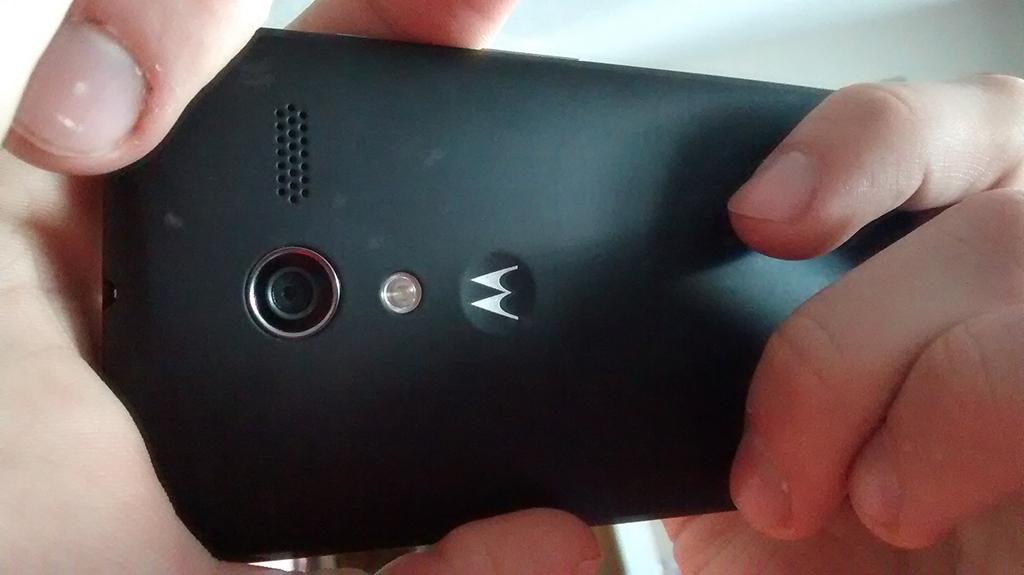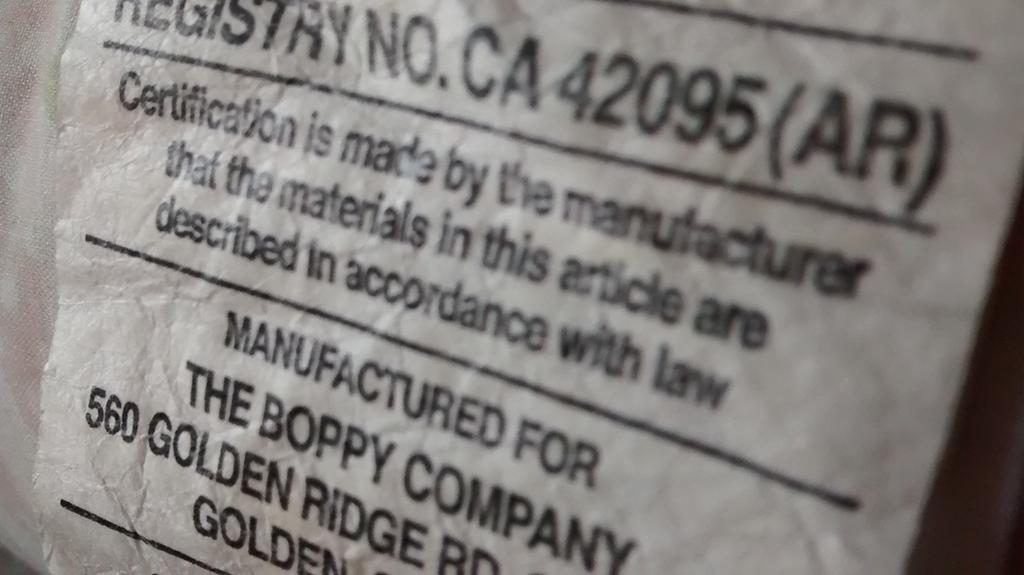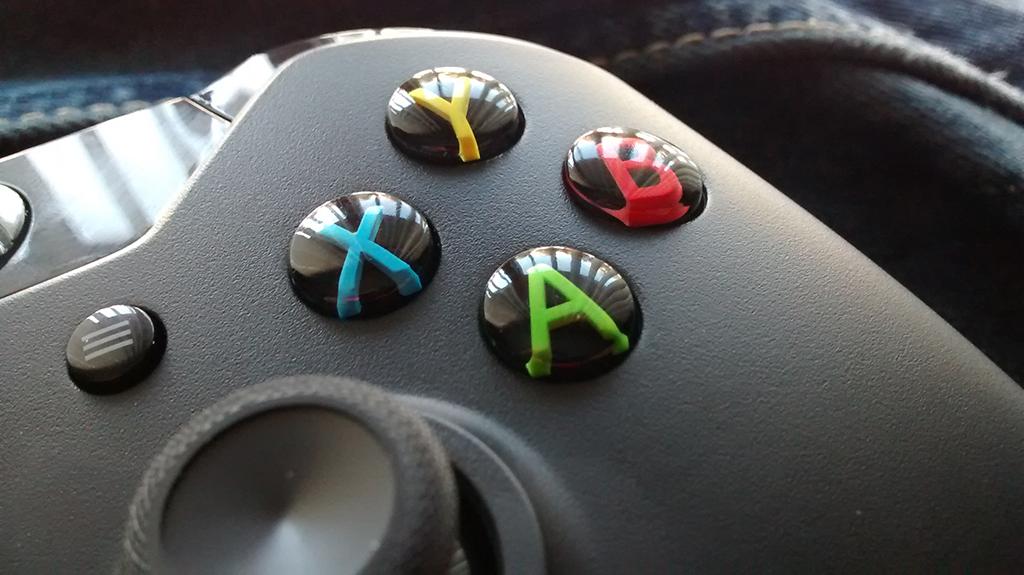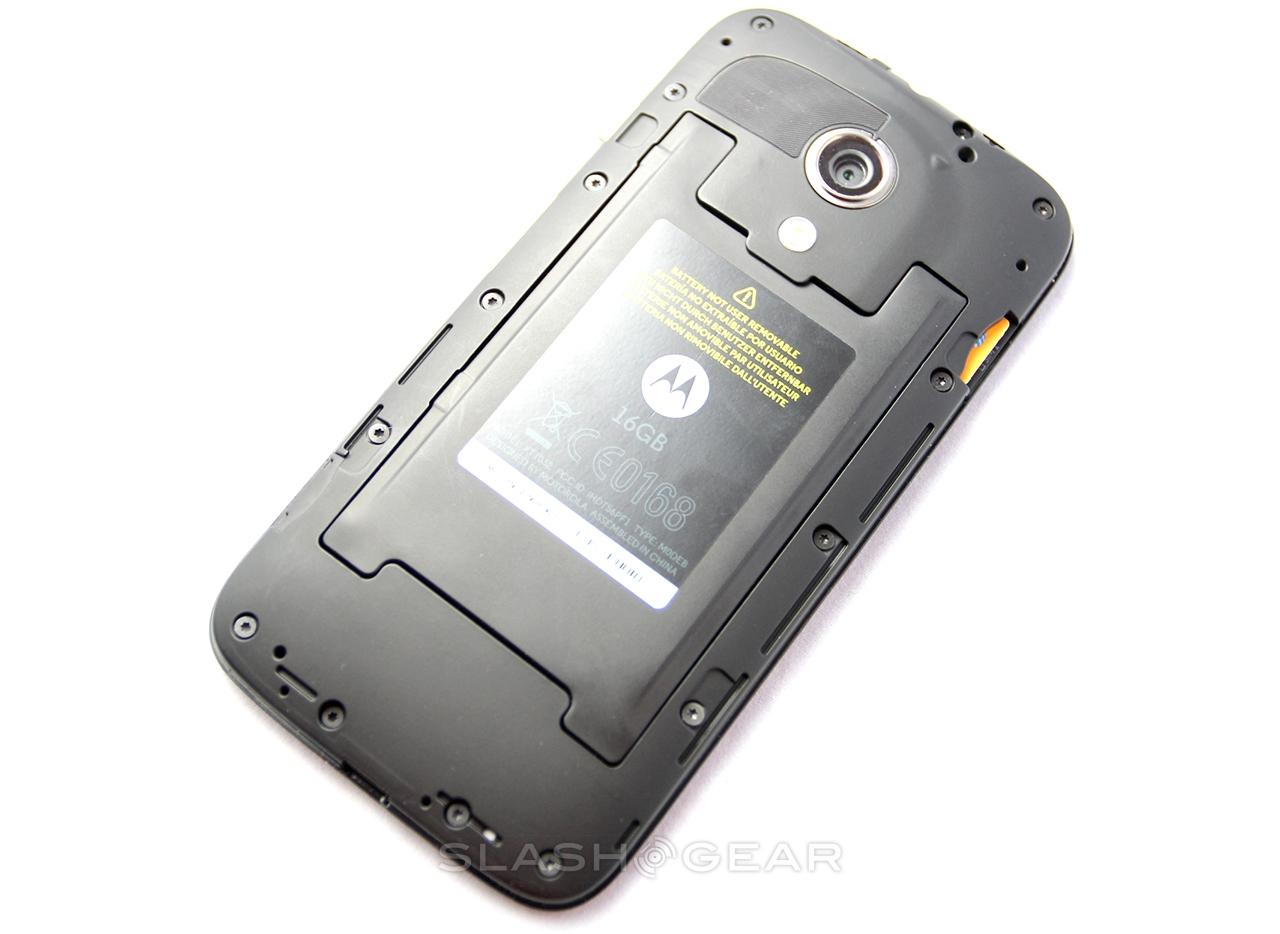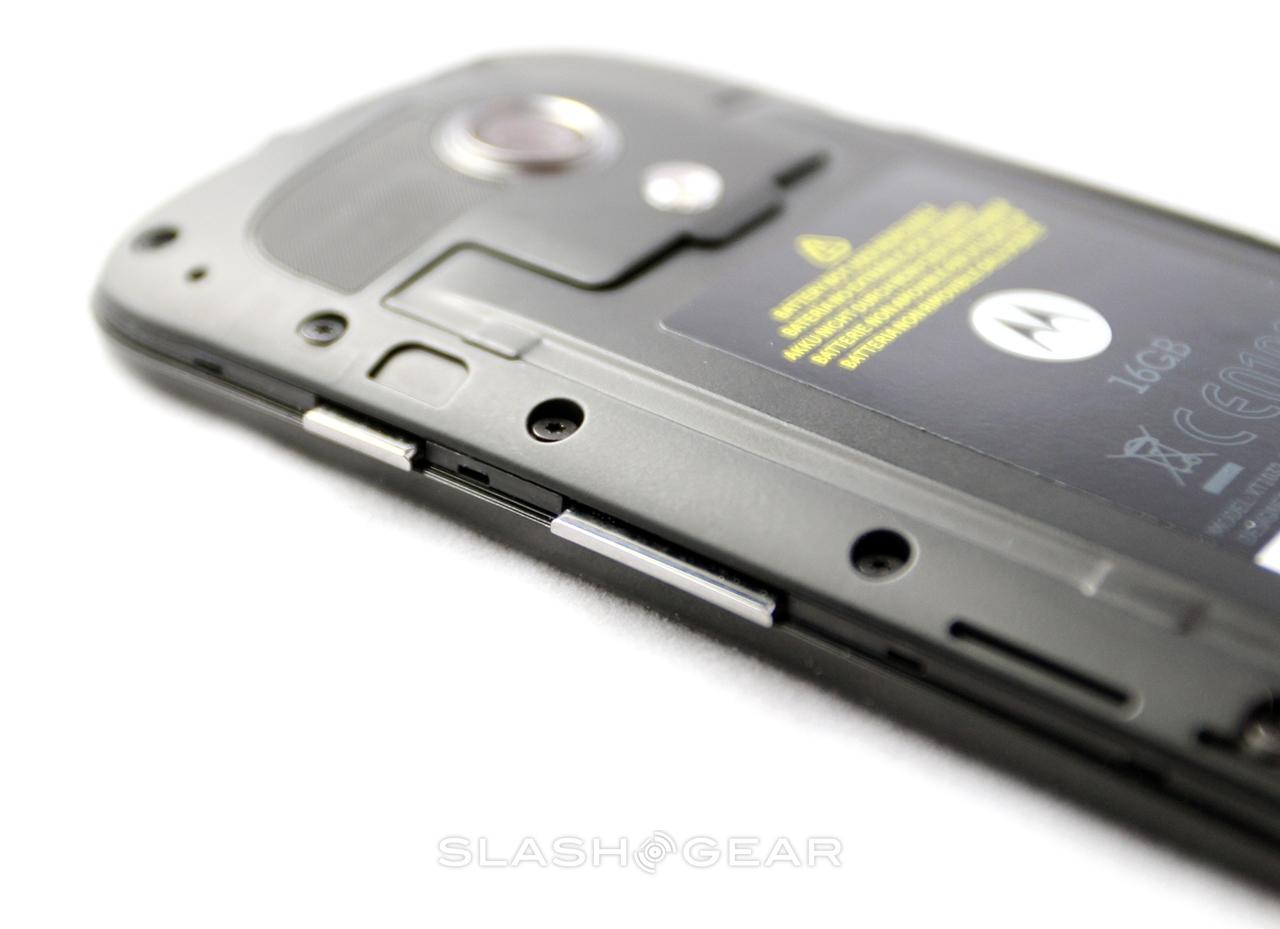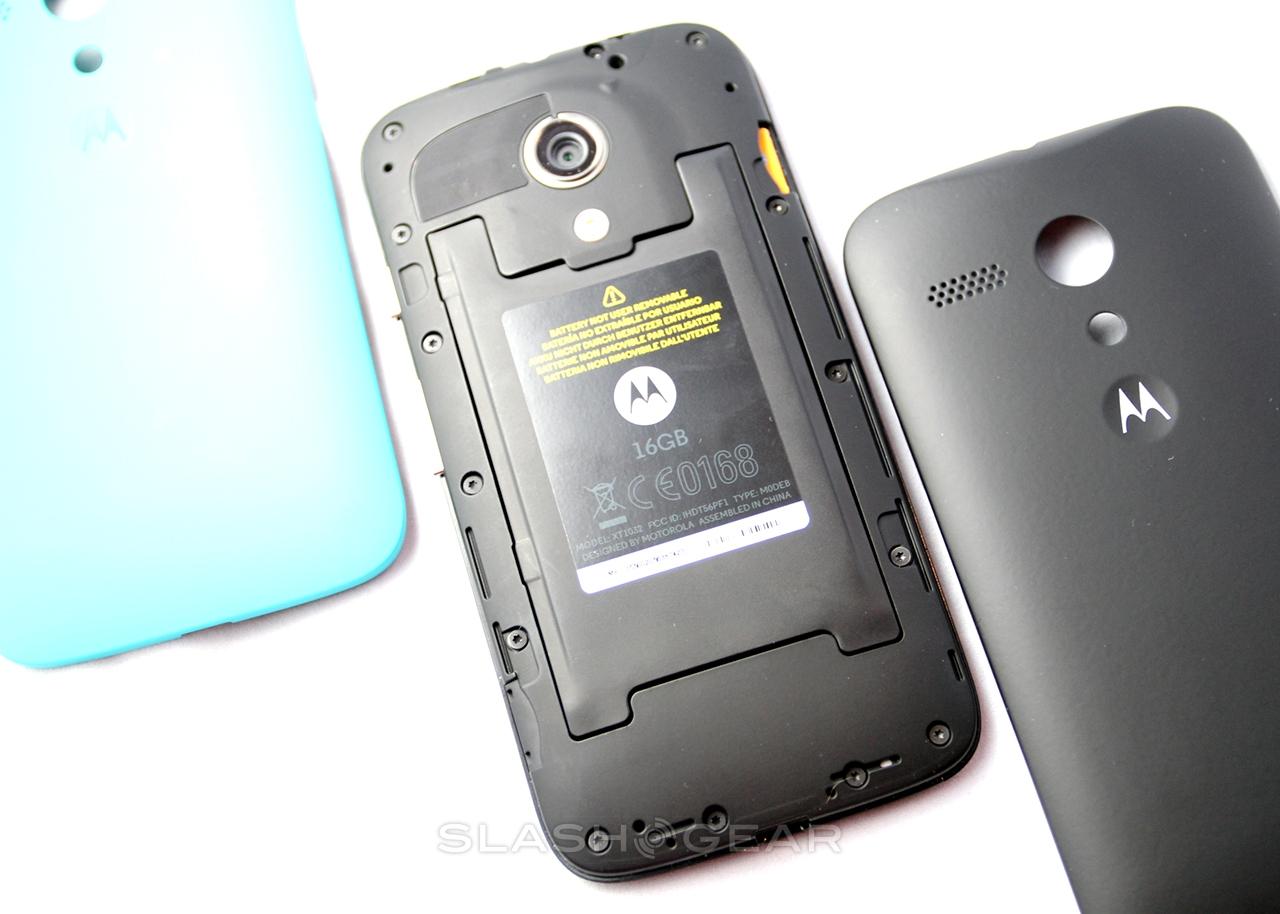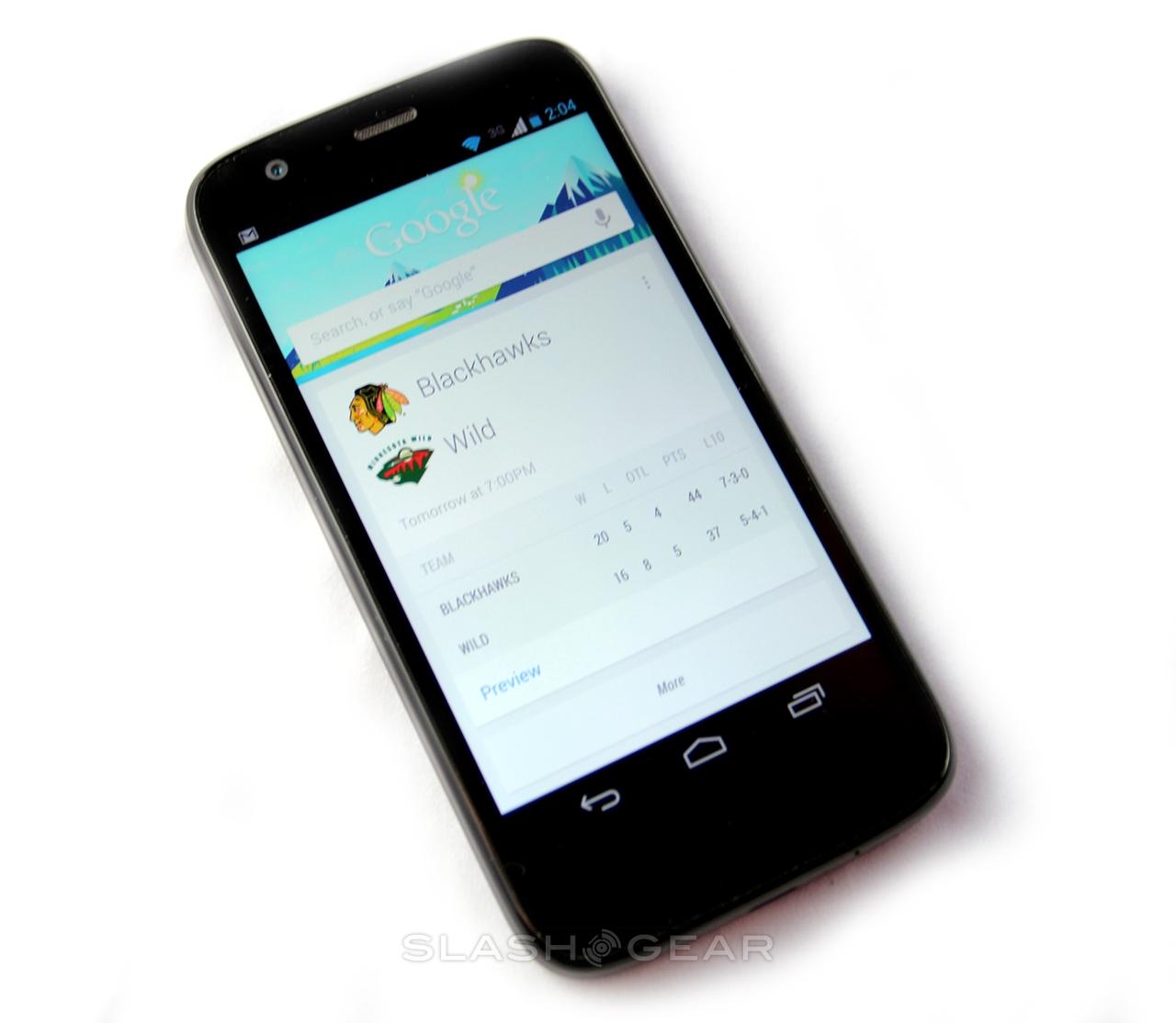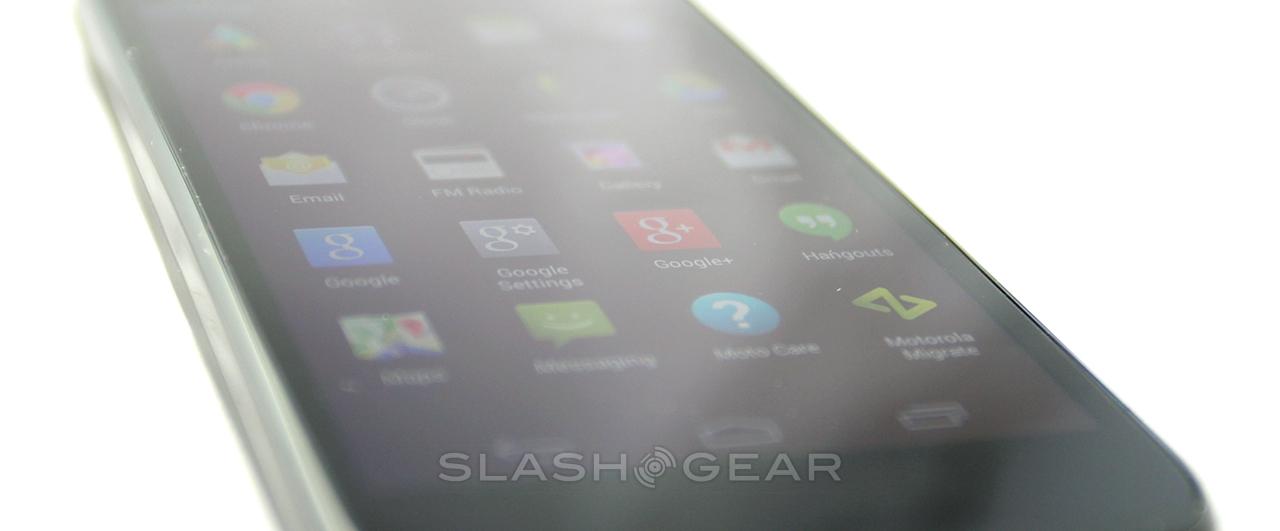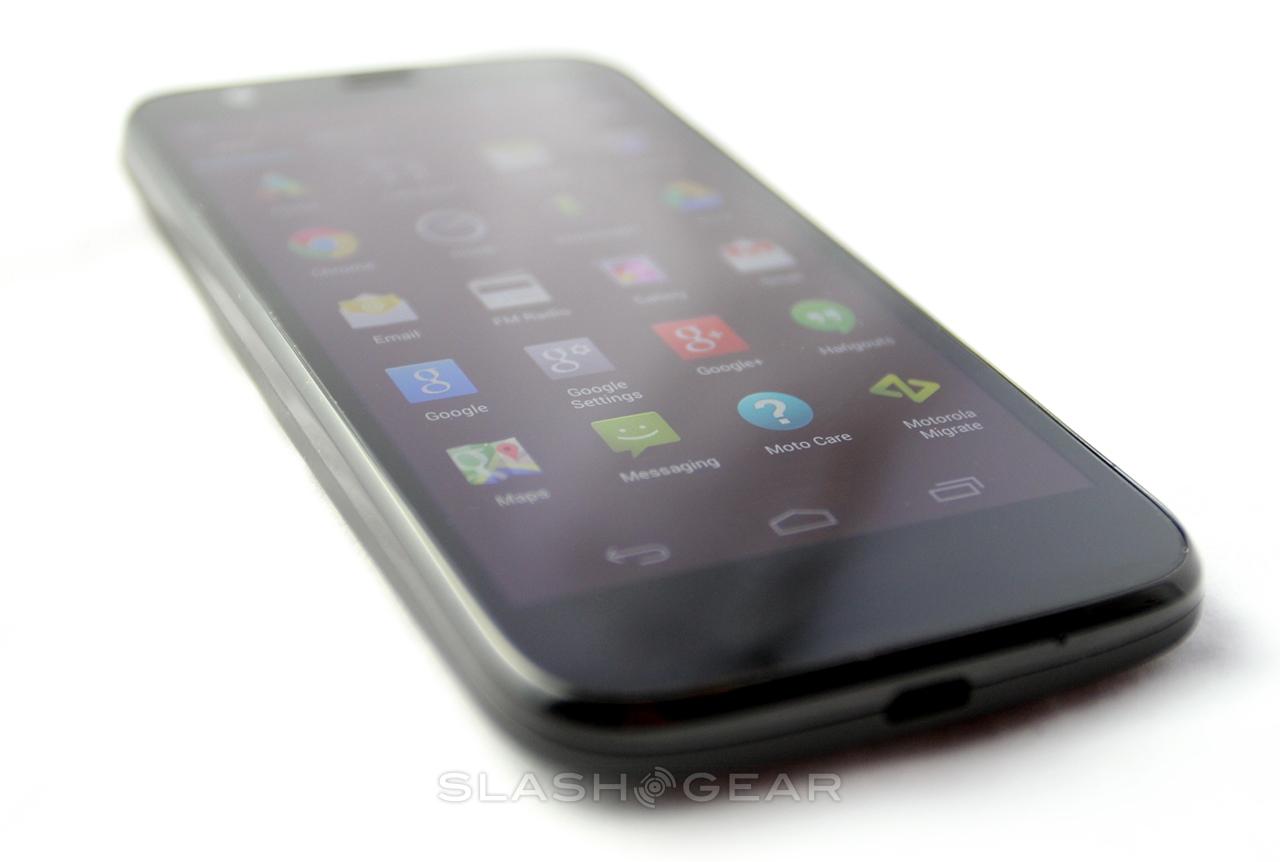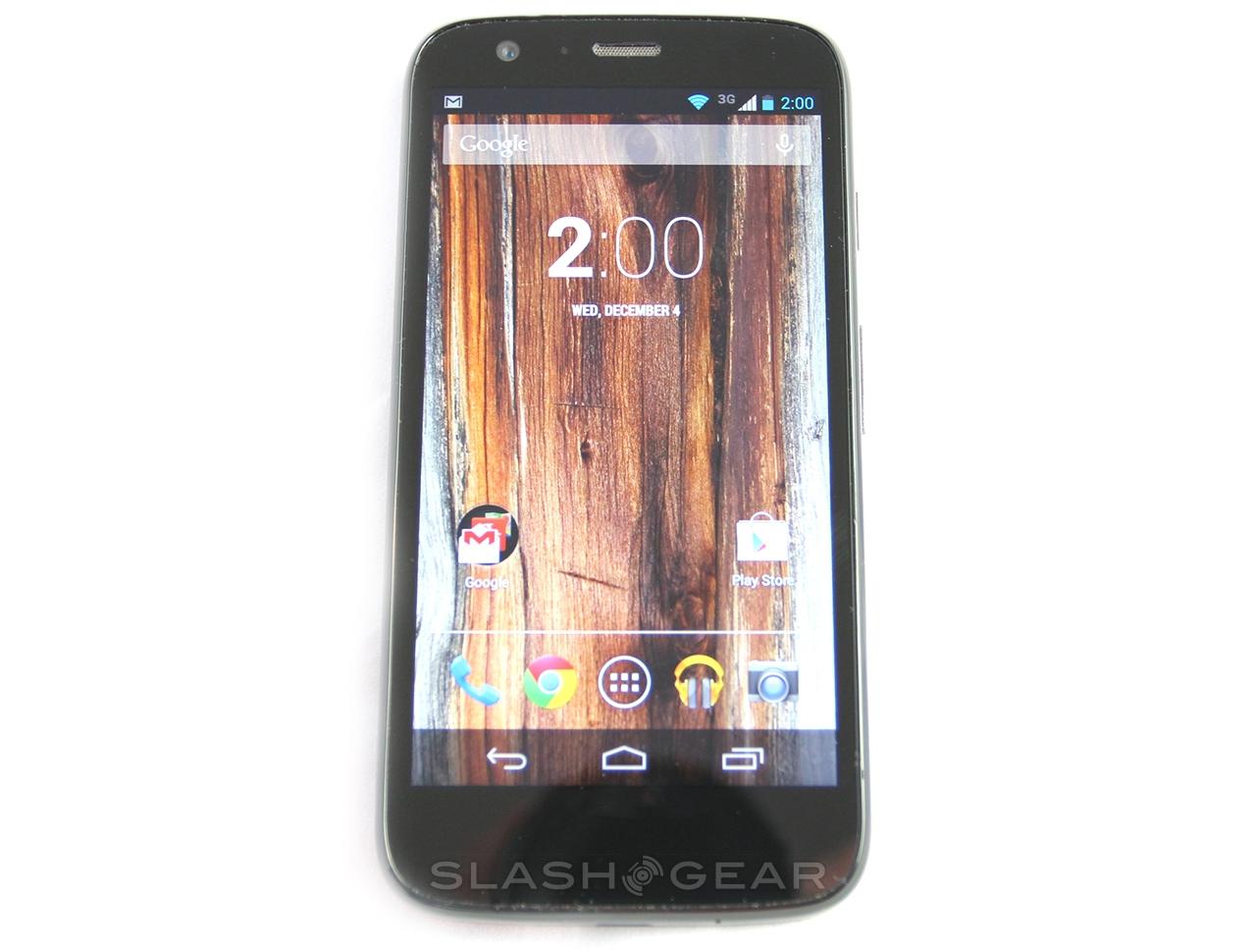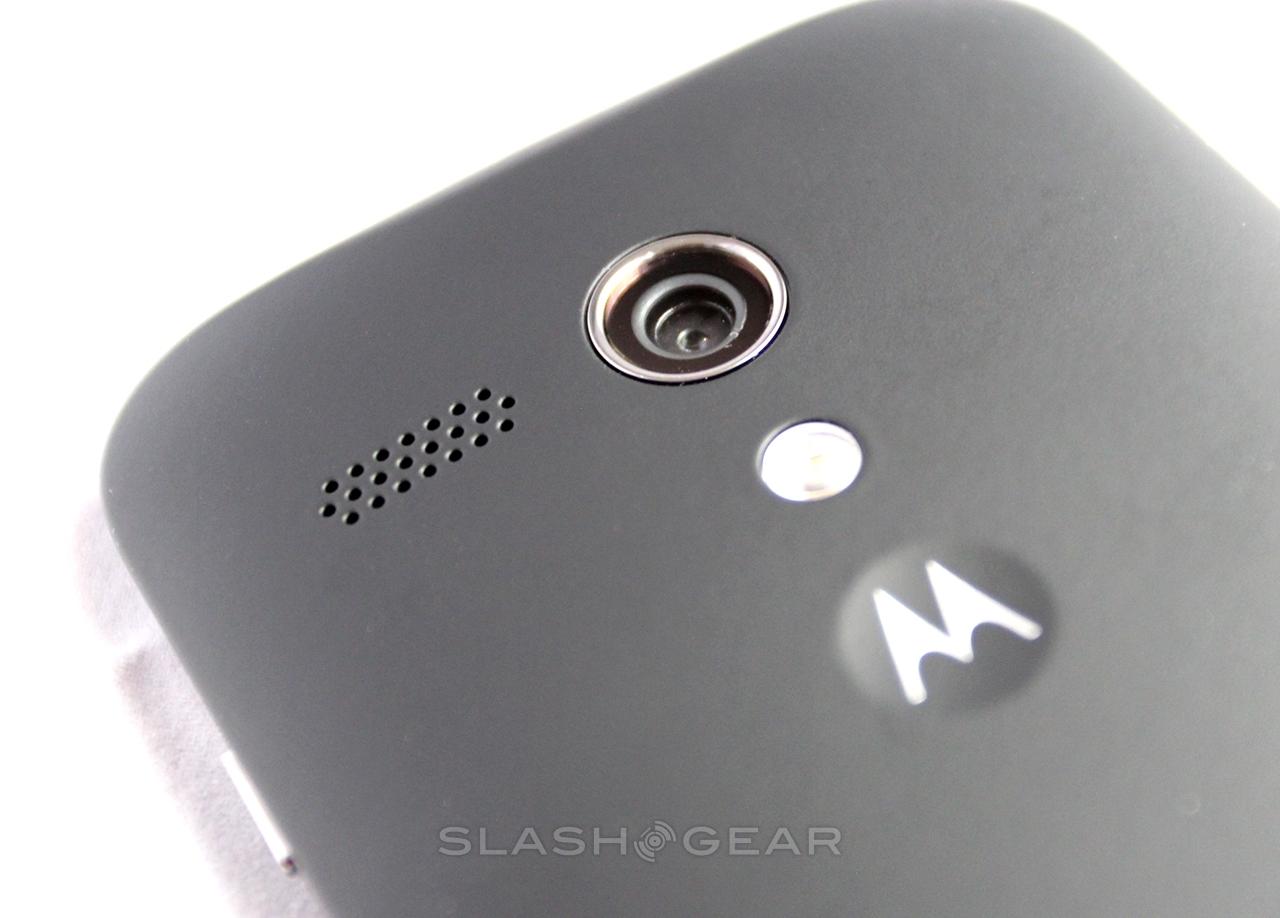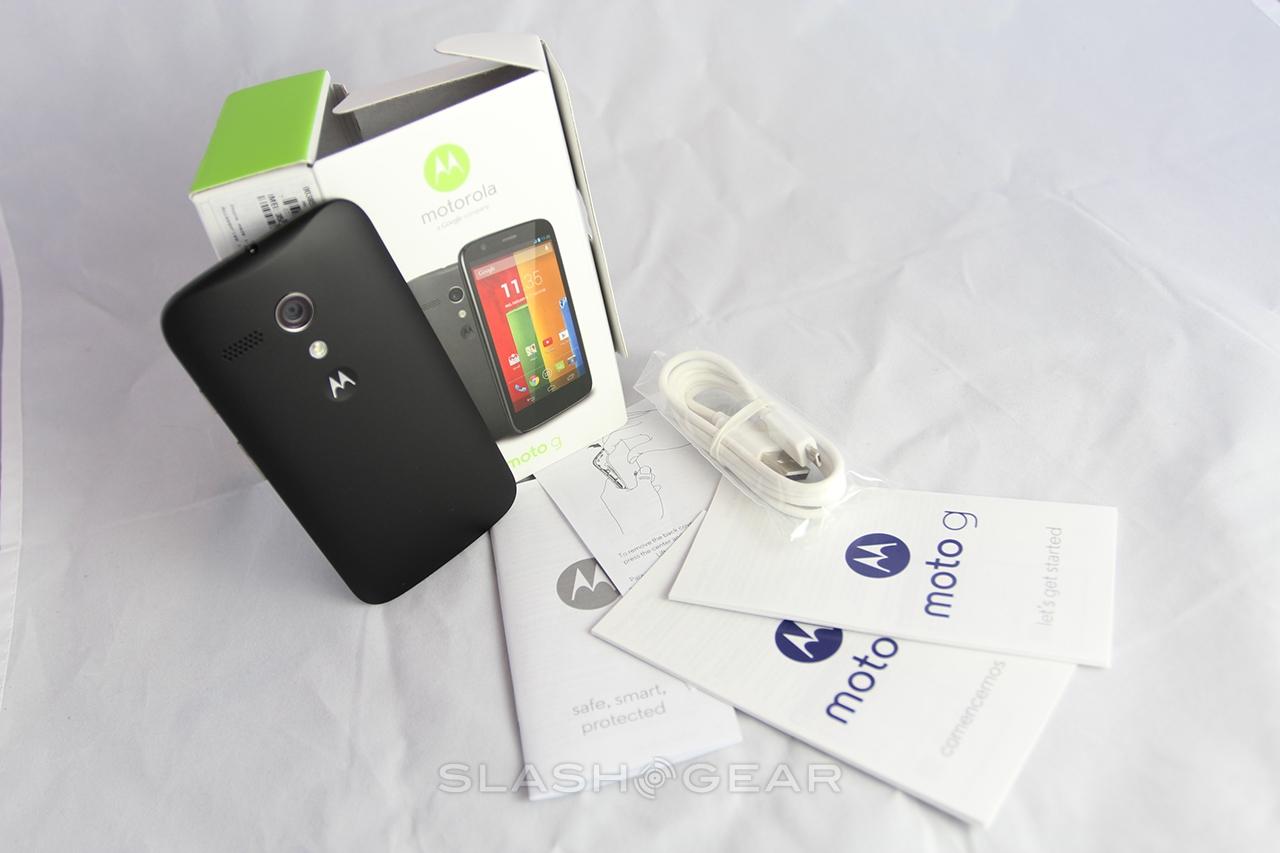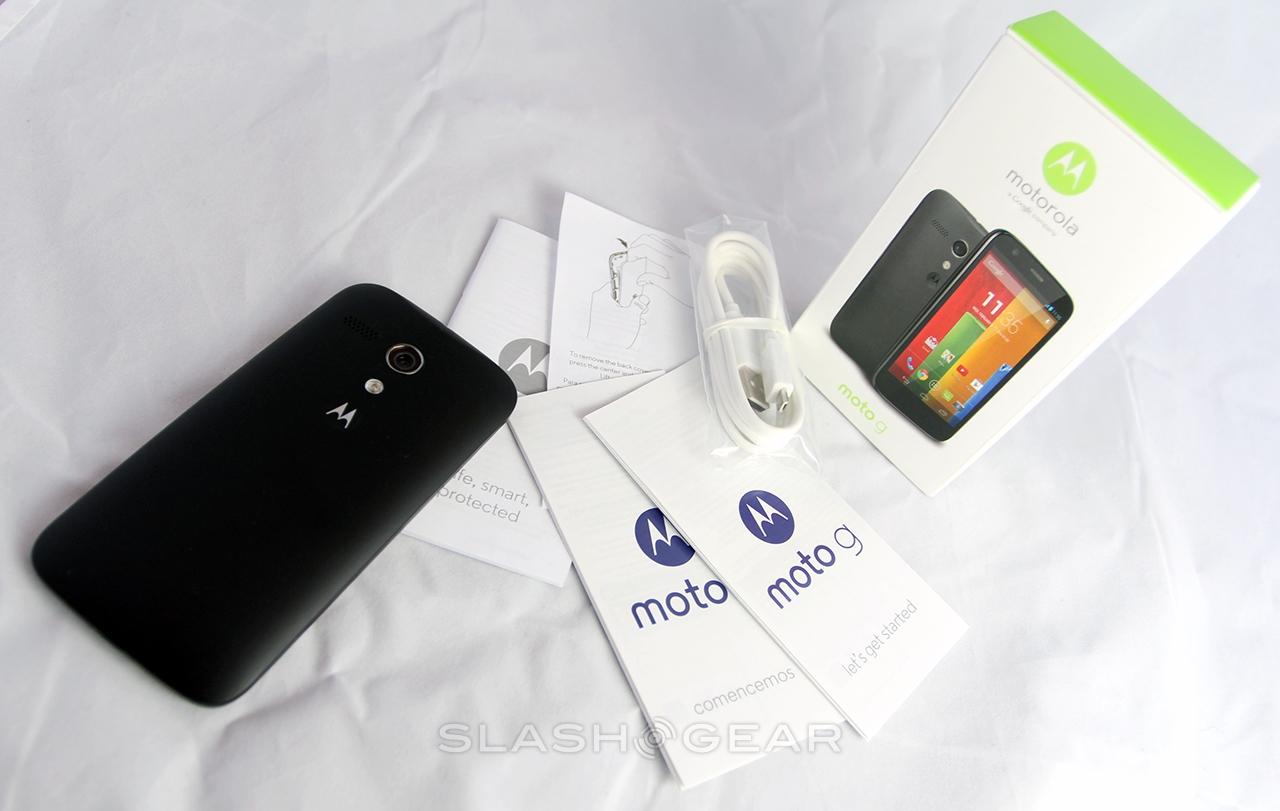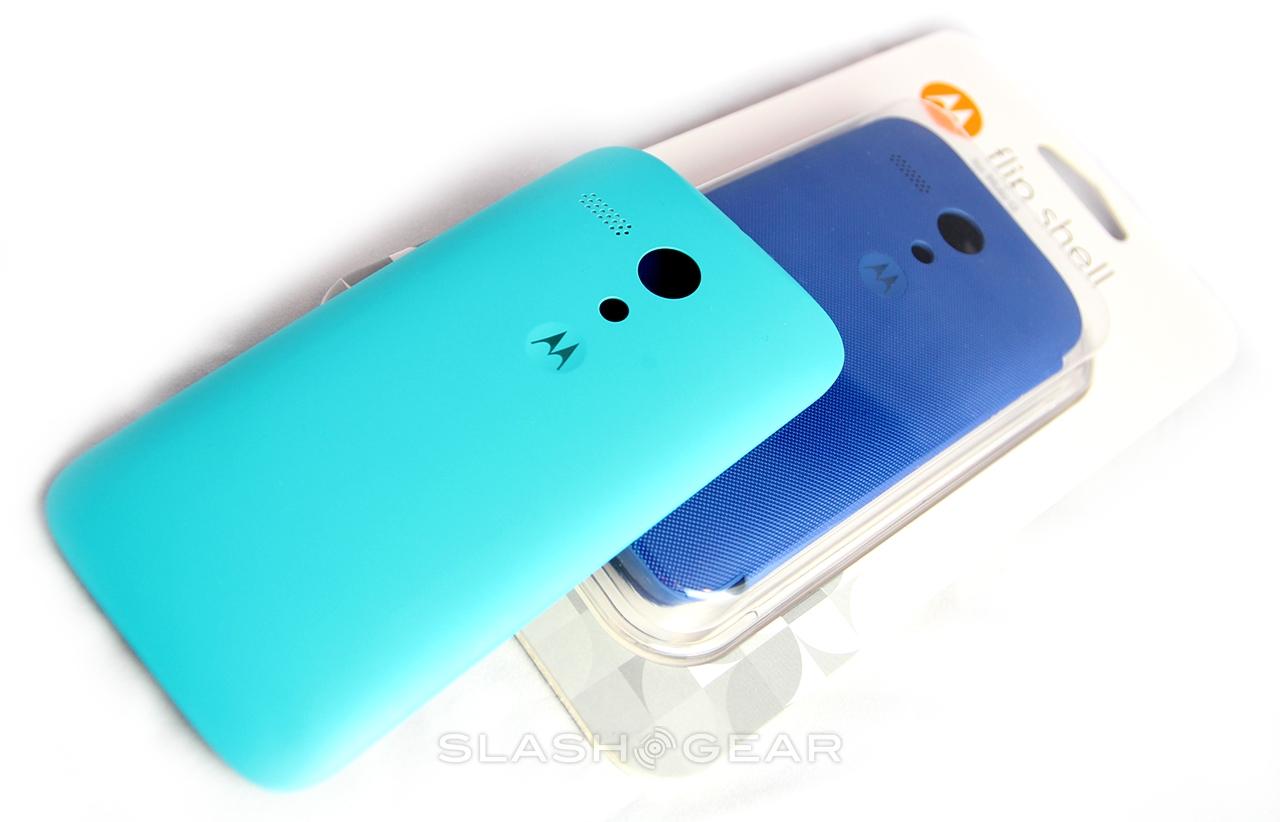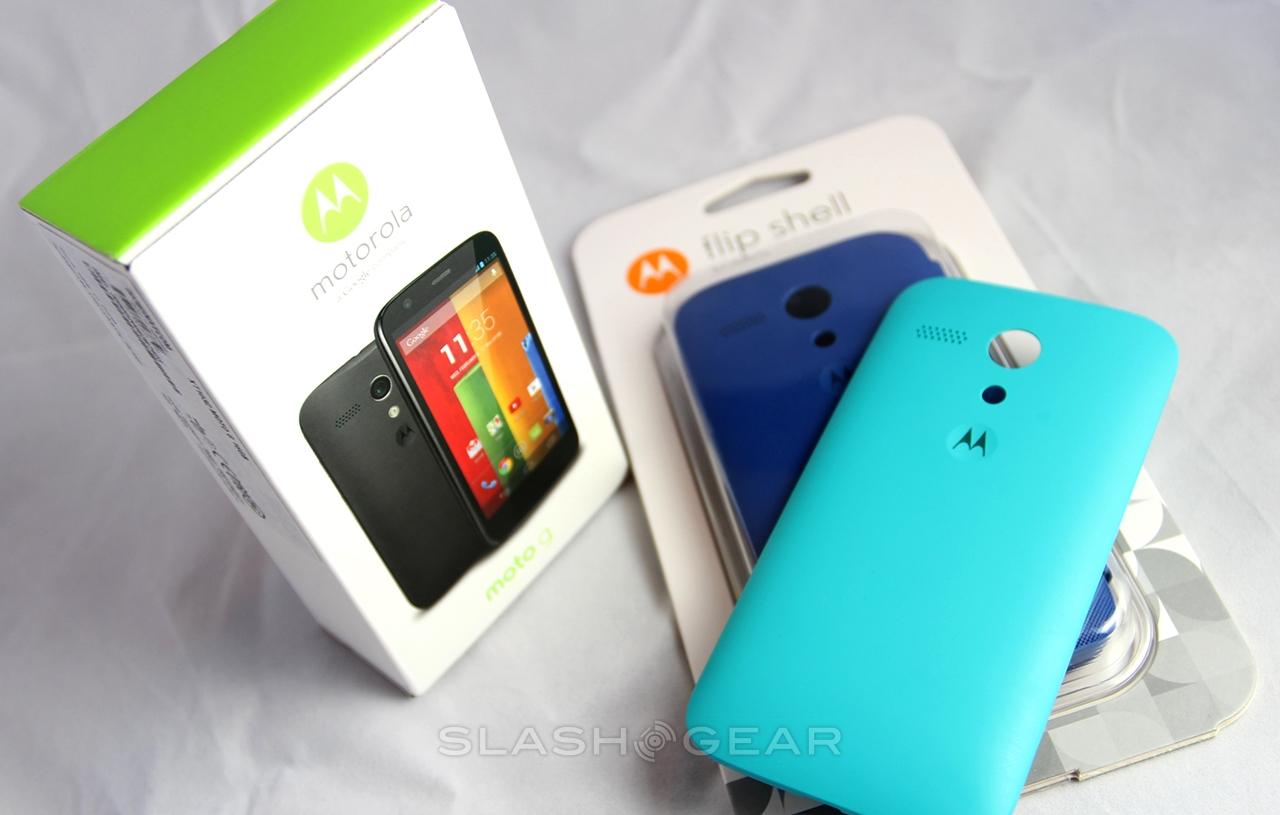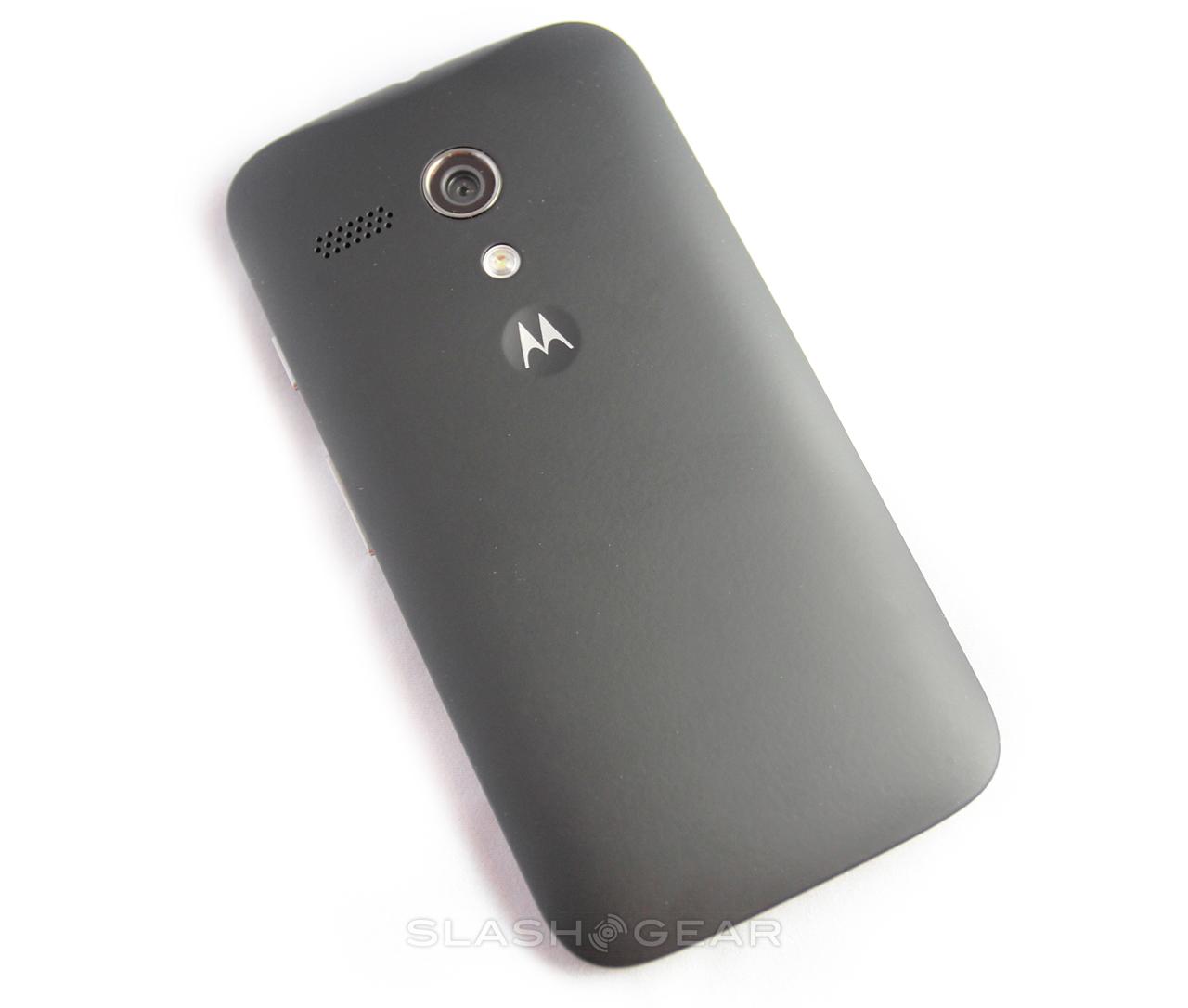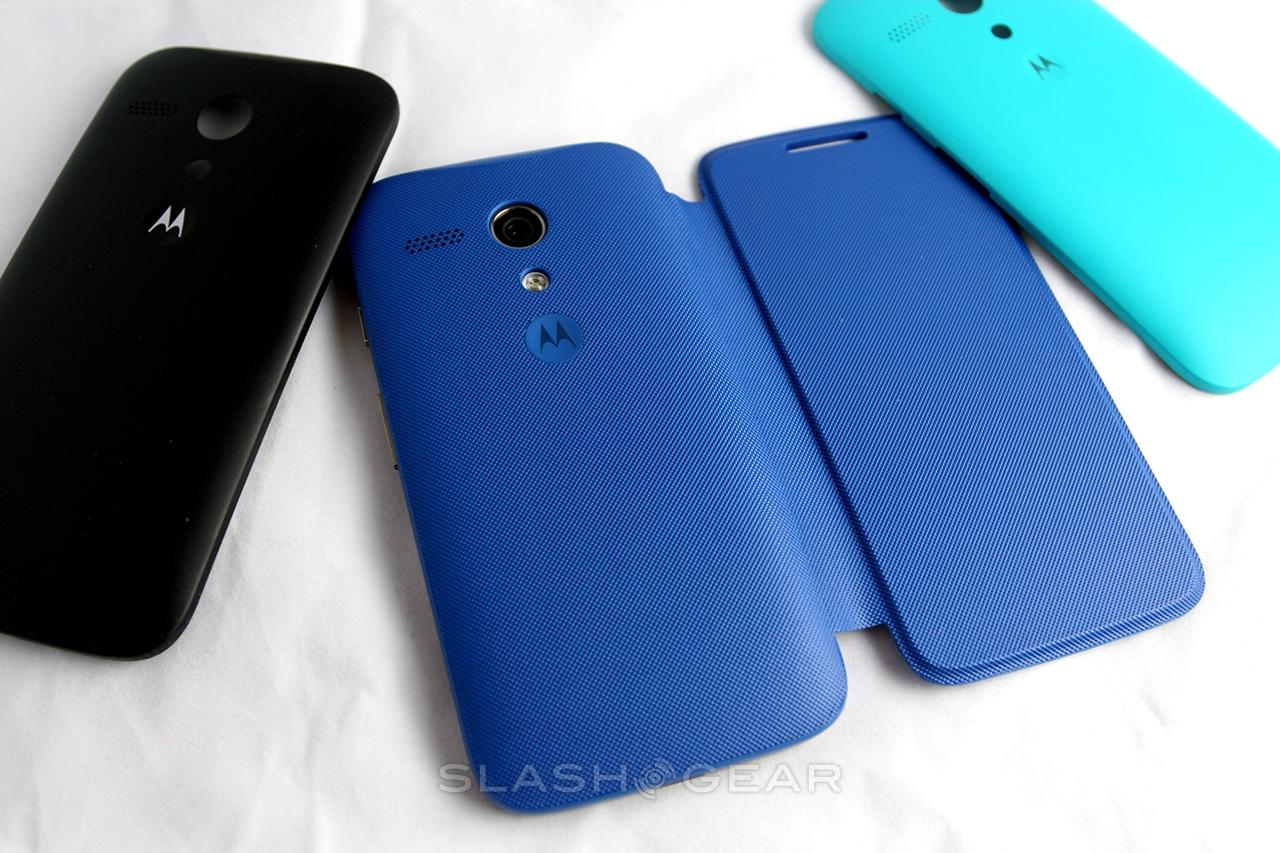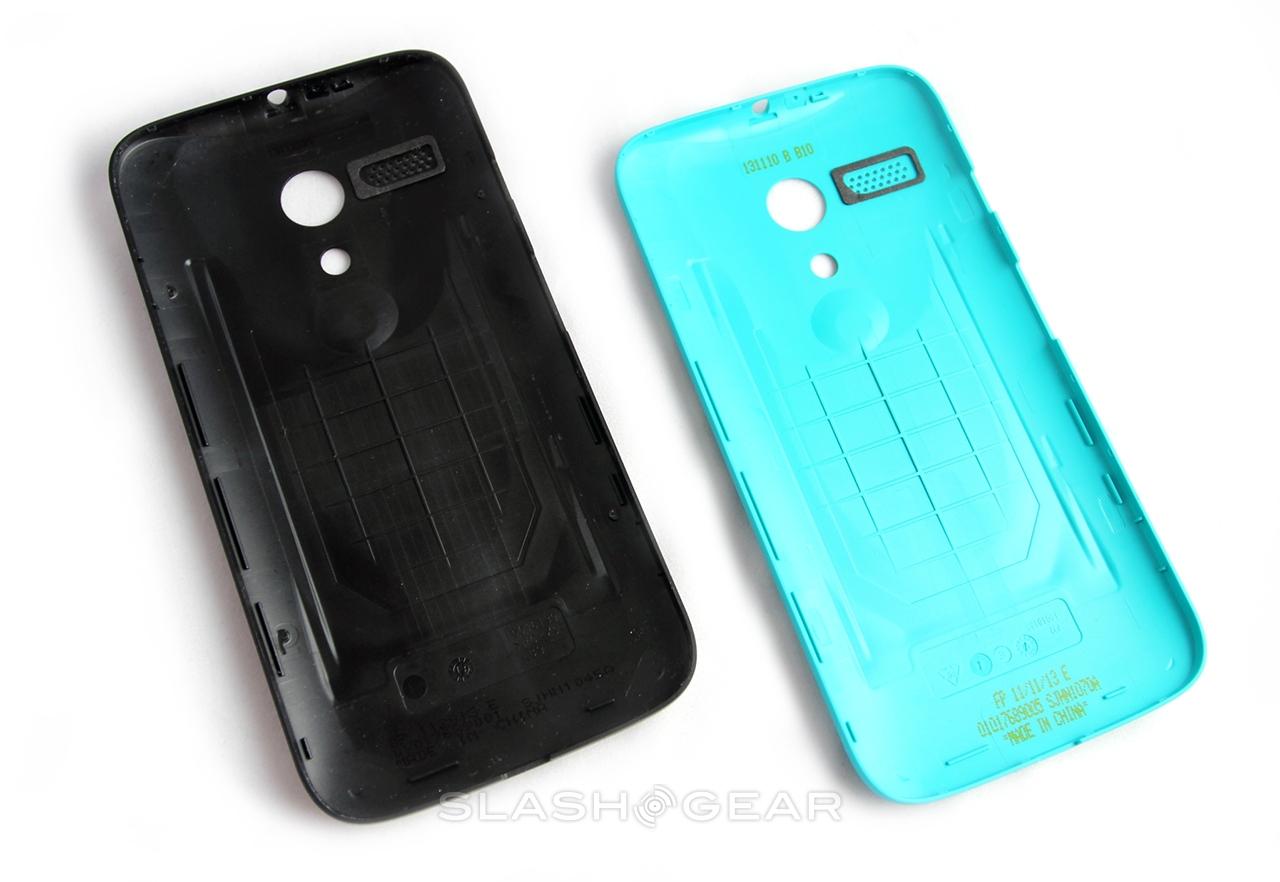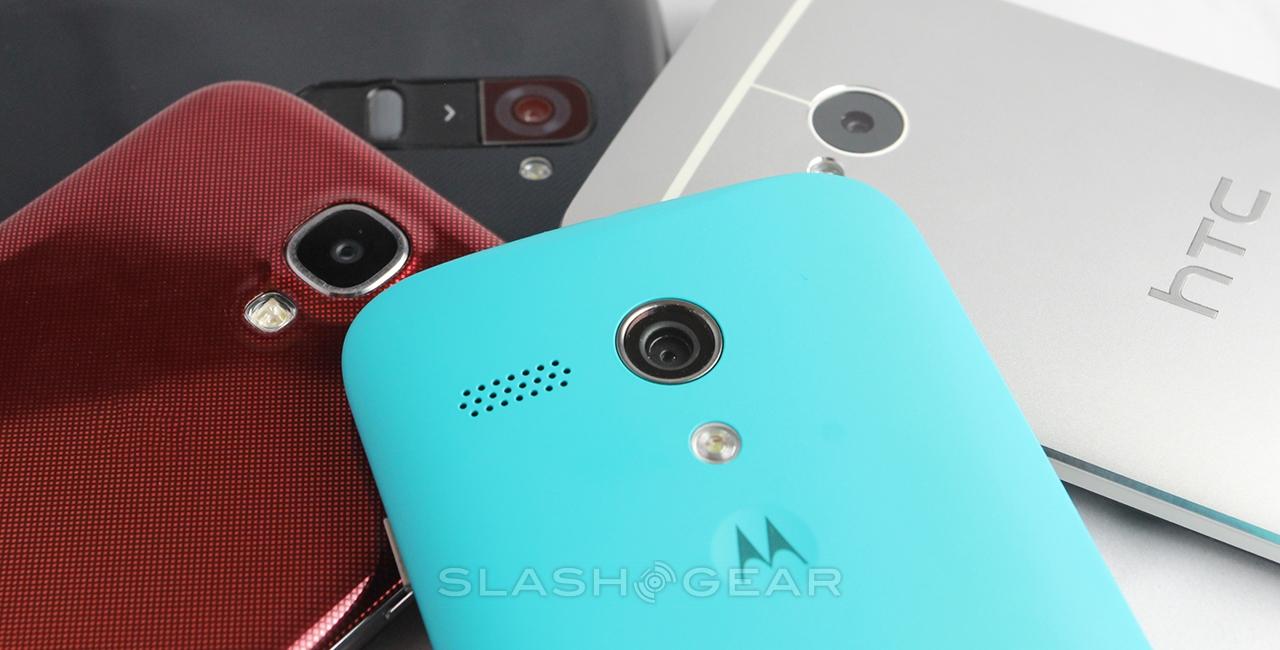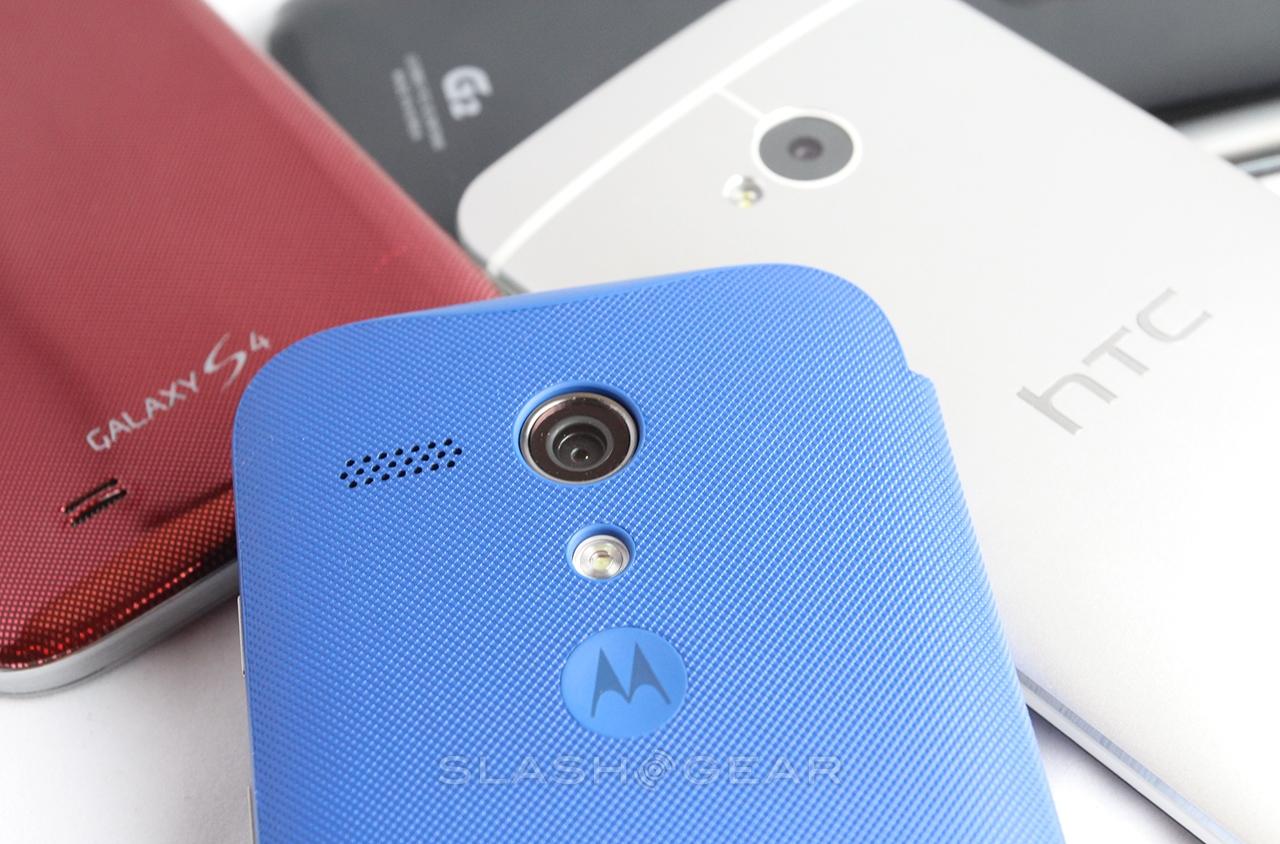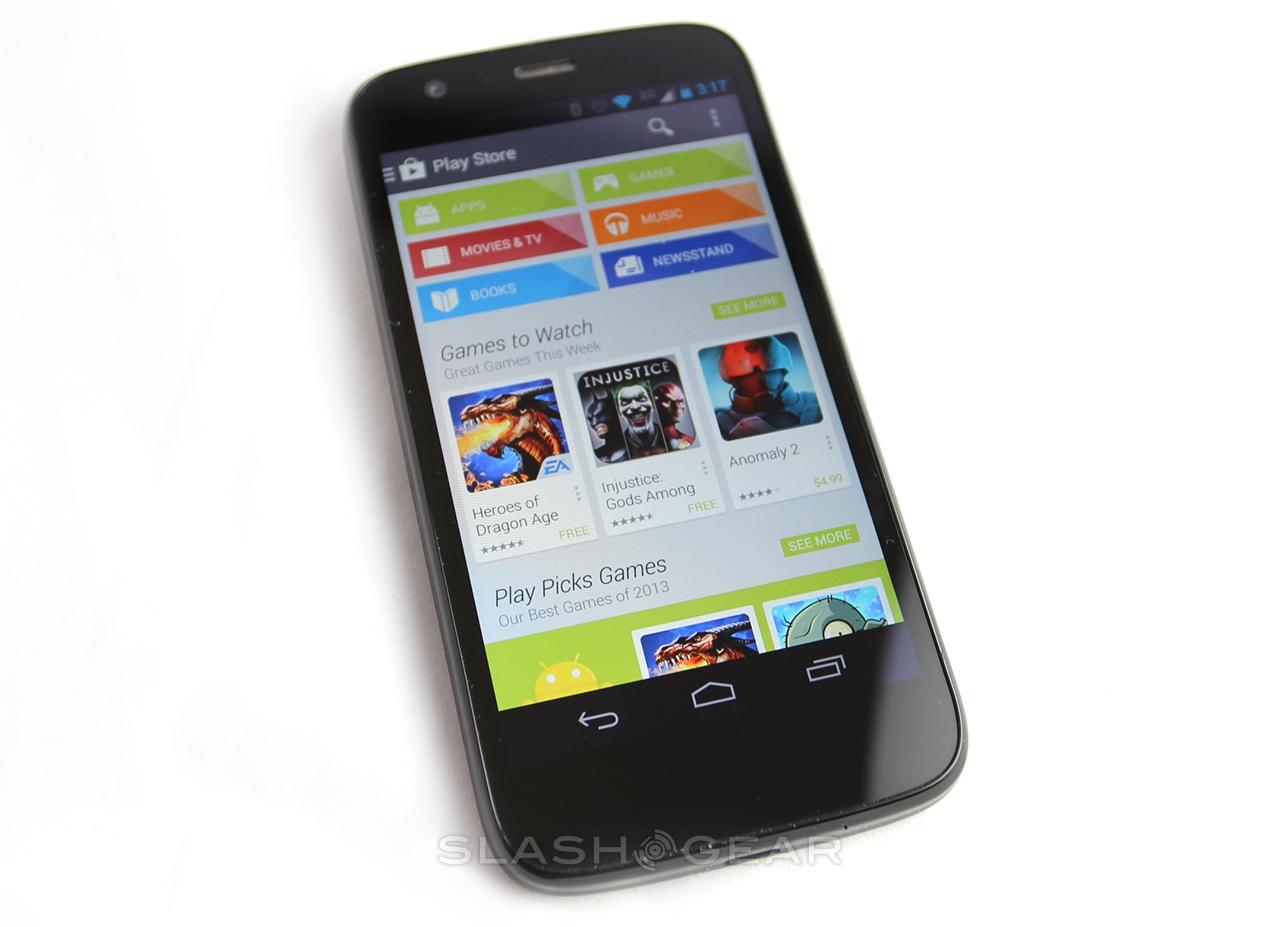Moto G Review
The Moto G is a smartphone the whole tech community has wishing for and waiting on for ages. It's a low-cost smartphone with hardware and software to back up its ability to be a contender in many markets – but more than that, it's also got the backing it needs to succeed. With the power of brand recognition in Motorola and Android and the push for success on a global scale from the manufacturer's parent company Google.
Hardware
Motorola's Moto G comes to the world stage – an international release – with surprisingly decent hardware. While the biggest and best smartphones on the market are appearing with 1080p displays, Moto G works with a 720p display – for those of you that aren't obsessed with comparing such differences in display density, that's hardly a jump from one generation to the next. We only really started seeing this 1080p display craze hit with the HTC One, the Samsung Galaxy S4, and the LG G2.
NOTE: We've also gotten our hands on the Google Play Edition of the Moto G as well – have a peek at our Moto G GPE vs Moto G hands-on article as well!
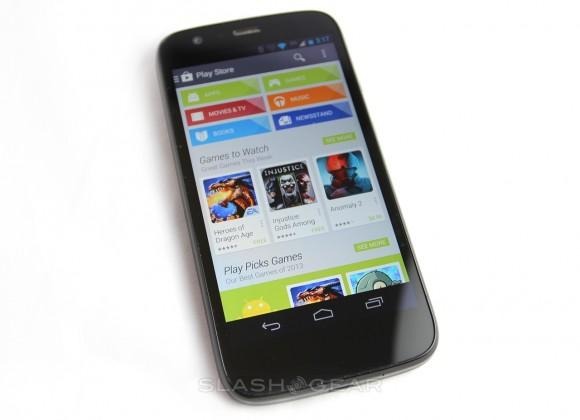
In fact, with a 4.5-inch display and 1280 x 720 pixels, the Moto G works with 329 PPI (pixels per inch), making it sharper than the iPhone 5s (326 PPI) and the Nexus 4 (320 PPI). One of the biggest competitors (in the public's eyes) to the off-contract throne at the moment, the Nexus 5, works with a display that's 445 PPI, working with 1080 x 1920 pixels across a massive 4.95-inch display.
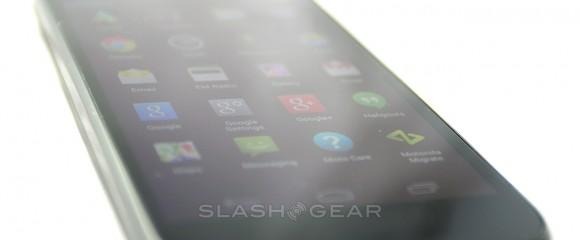
What this all amounts to is the fact that the Moto G's display is still quite literally in with the mix of today's most common phones, and even sharper than a lot of them. Most users thinking about owning a Moto G will much more likely be comparing display sizes, on the other hand, than screen density. For them, I say this: Moto G's screen is half an inch bigger than the newest iPhone but not quite as bit as the HTC One.
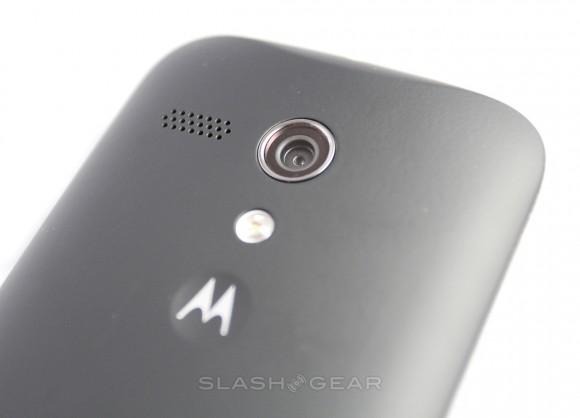
Those (very few) wondering how the Moto G compares to Motorola's other hero device at the moment, Moto X, should certainly have a peek at SlashGear's extensive Moto G vs Moto X rundown. In a nutshell: Moto G and X are extremely similar – they could easily be mistaken for one another from a distance, they both work with essentially the same software suite (save those bits afforded the X with the Motorola X8 Compute system), and they feel nearly identical in the palm of your hand.
It's the little things that identify the Moto G as a lesser device.
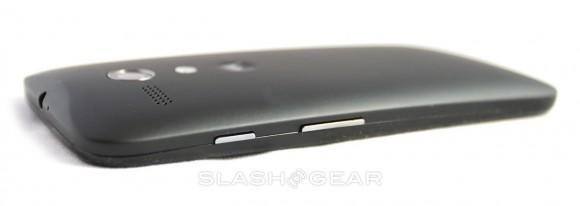
Both the power button and the volume rocker are loose. Though we don't see this as being a big problem at any point, the fact that both buttons make a tiny clicking noise as they dangle inside their holsters would be concerning if we'd paid a monster amount of cash for the handset. Of course that's simply not the case with Moto G – it's a budget device, and it's been put together in a budget manner.
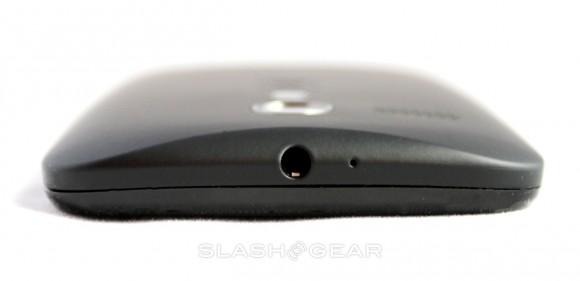
Everything else in the basic feel of the machine is solid. Even the look of the Moto G under its removable back casing looks solidly constructed. Motorola understands the scrutiny this machine will be under by obsessive Android addicts – they've kept Moto G clean, even under the hood.
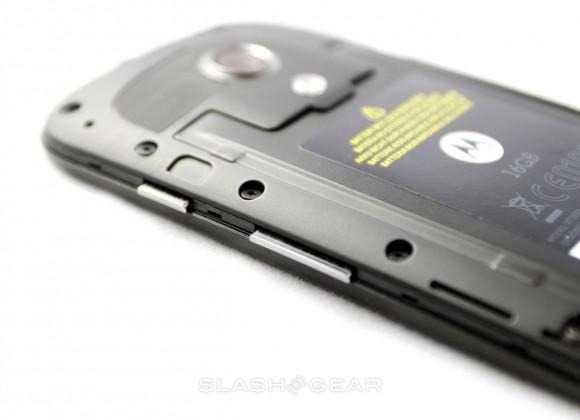
Accessories made by Motorola for the Moto G – the ones we've worked with thus far – seem similarly high-quality. The standard Motorola Shells and Flip Shells are made of the same (or at least extremely similar) materials as the Shell that comes attached to the Moto G out of the box, and that's top-notch.
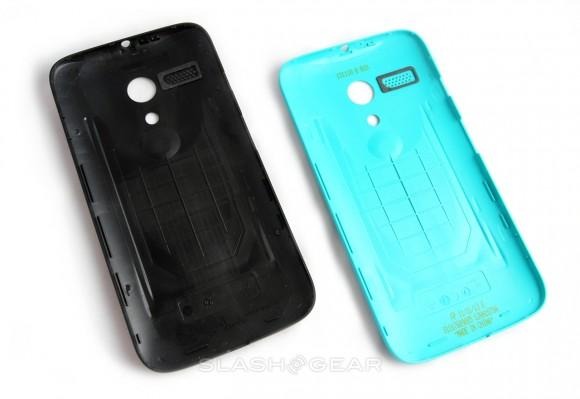
Once the Motorola Grip Shells are available, we're guessing they'll be the cases to have – they certainly brighten up the otherwise plan frontside of the phone (in black). On a similar note – a white version of the Moto G would be ideal, as the full collection of Shells in all their brightness get a bit dinged by the darkness of the original black. We shall see.
Speaker quality on the Moto G is acceptable – certainly nothing like the best smartphone speakers on the HTC One, but they're loud enough to hear clearly for your speakerphone needs. The same is true for the one-color frontside notification light: it'll do just fine. It's white, it blinks when you have a notification – it does its job well.
Software
While we took a bit of a long stroll down the more unique bits of the Moto G's software suite in our Moto G first-impressions exploration, it's important to note how complete this Android experience feels in the long run. While this isn't as "pure" an Android experience as you might get on a Nexus device – Motorola has made their own additions, after all – you'll be working with a suite of modifications that are helpful, good, or otherwise interesting enough to be worth a quick investigation.
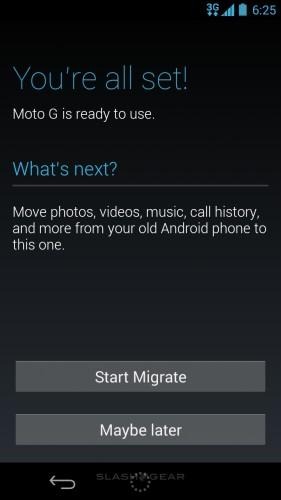
Below you'll find the app drawer of the Moto G right out of the box – the single pixelated icon is of a benchmarking app added after the device was opened, and isn't in the standard Moto G build (you won't see it on yours).
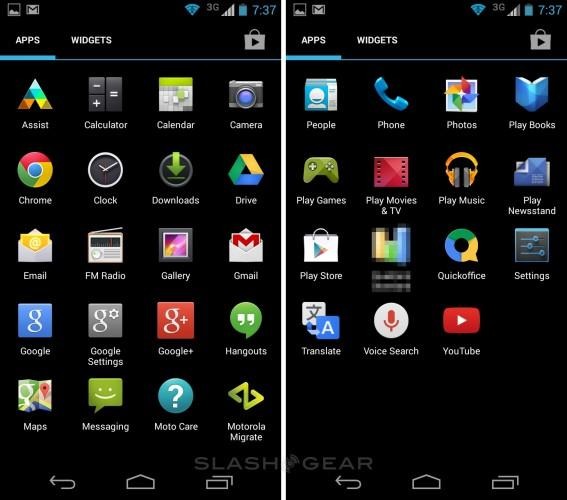
For those of you that are just getting in to the Android universe here and now: over the past several years, a war has been waged between the more hardcore "pure experience" members of the Android community (aka Android Community) and the manufacturers of smartphones. These manufacturers have aimed to create a unique experience for the user on top of Android, using the Google-made software as a basis for their own unique vision for the idea smartphone user interface.

Google's (finalized) acquisition of Motorola in 2012 was a big win for the purists. Motorola immediately began releasing devices with a far less modified UI and the experience became more universally applauded – at least by reviewers of the devices online. Fast-forward to 2013 here with the Moto G, we've got a UI that's every bit as "vanilla", as it's called, as the Moto X while it sports the bare minimum in Motorola additions.
Above you'll see a rundown of the basics in video form. In short, all you'll need to know as a new user is this: Motorola is running the show here, but Google has their back.
Both companies proved their might just recently when the Moto X earned the full update to the newest Android version (4.4 KitKat) just before Google's own full suite of Nexus devices. That's unprecedented. As it stands, the Moto G is scheduled for a full update to KitKat in January of 2014 – quicker than most flagship smartphones, that is to say.
Benchmark Performance
With a Qualcomm Snapdragon 400 quad-core processor clocked at 1.2GHz, we didn't expect the Moto G to out-perform any of the flagship smartphones released by major brands this year. With Qualcomm's combination of MSM 8x26 and Adreno 305 graphics kicking out jams with 1GB of RAM, this device certainly isn't meant to go tow-to-tow with the LG G2's Snapdragon 800.
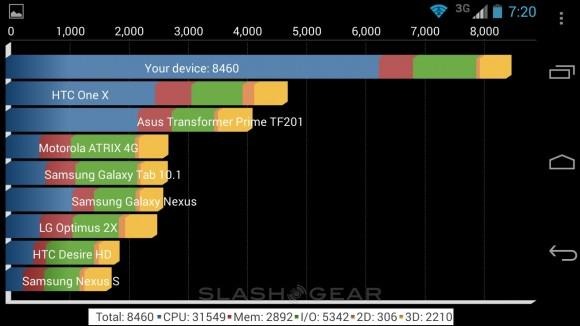
But what a surprise – this device isn't half bad, either. Out-performing on synthetic tests against the best of the best in 2012's hero devices, the Moto G's scores suggest we've got more than just a lowest-end machine.
In real life it's the same story – if you've got the LG G2 in one hand and the Moto G in the other, you'll be able to tell the difference in swiftness. If not, you'll find the Moto G's computing powers to be perfectly acceptable for everyday tasks.
Camera
The camera on the Moto G leaves quite a bit to be desired, but it's certainly not the worst 5-megapixel shooter we've ever encountered. You'll still benefit from a single LED flash, the ability to shoot HDR photos and panoramas, and slow motion video. Don't expect to do much of this in dark environments, but in well-lit areas you'll be ready to roll.

The camera interface here is drawn directly from the Moto X and will likely be updated through Google Play as the Moto X has as well. This means that the Moto G's camera will be able to see updates without the necessity of a full system update, a process that can potentially take an excessive amount of time to come to fruition as it hinges on the development of other elements in the device.
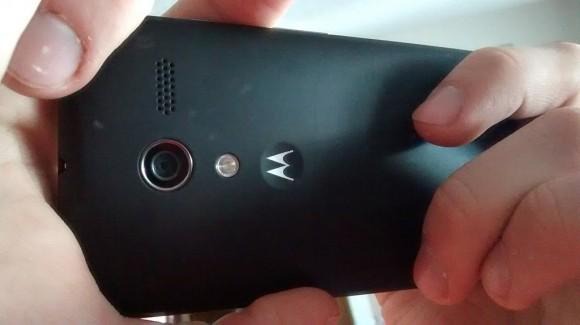
You'll not be able to use the Moto X's flick-to-launch camera ability, but you will get essentially everything else in the suite. This also includes tap-to-focus and burst mode (as seen below), accessible by the user by holding one's finger down on the screen where they'd like to focus shots.
Both the front and rear camera are capable of 720p, 30fps video recording and video chat, while the front-facing camera rolls in at 1.3-megapixels for photos. Video capture is just about as fine as photography here with low-light resulting in less-than-fantastic results while well-lit arenas bring generally fine results.
Above and below you'll see a collection of example media captured by the Moto G in a variety of environments. These images and video were captured with the standard Motorola Camera app version 3.1.5 right out of the box – though that update appeared on the 5th of December, if you want to get specific about it.
Battery Life
The battery in the Moto G has a capacity of 2070 mAh and is entirely non-removable. If you remove this battery, you're gonna have a bad time. It's not made to be removed – as such, removal will result in some lost connections you'll end up paying for in the long run. Long story short – just don't do it.
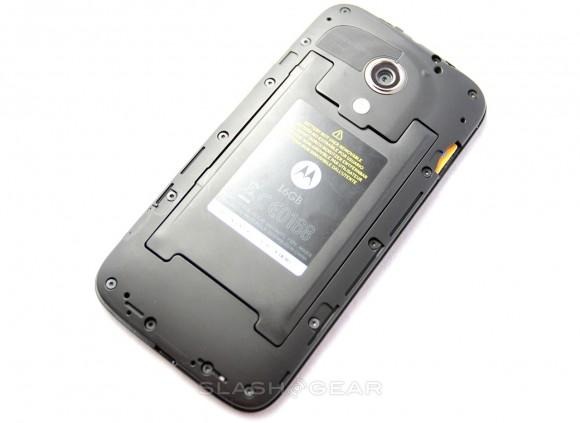
The battery lasts well and above the standard for this size of a phone and display, likely having at least a bit to do with the fact that you'll not be dealing with 4G LTE at all – this phone only works with 3G, after all.
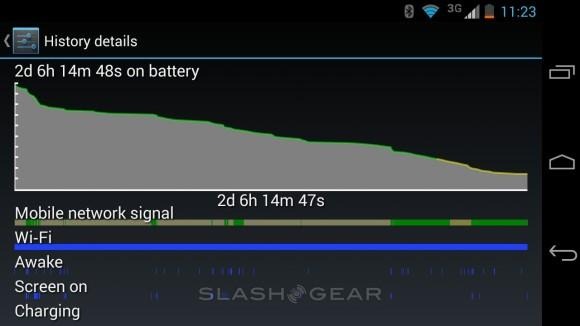
In the above basic test we've been using Bluetooth connectivity with a Pebble smartwatch and have played a relatively large amount of audio streamed over 3G with Google Music. We used the device's GPS sparingly, and took and made several calls over the battery's lifetime. Needless to say, we've come away impressed.
Value
There are two main Moto G models out now – one has 8GB of internal storage space, the other has 16GB of internal storage space. It's the smaller of the two that'll cost users $179, while the larger starts at $199 USD. These prices are off-contract, meaning you'll still need to speak with your mobile phone/data provider to acquire a micro SIM card to use the machine.
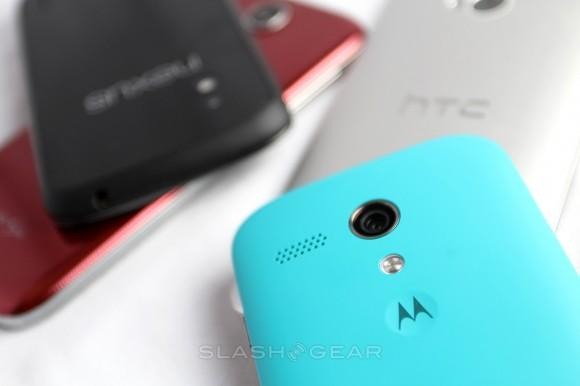
That also means that you're not going to be paying for the device for the next 2-years. While many hero devices today cost around the same price as the Moto G at first glance, these prices are attached to 2-year contracts, meaning you'll be paying off the full cost of the device over the next 24-months.
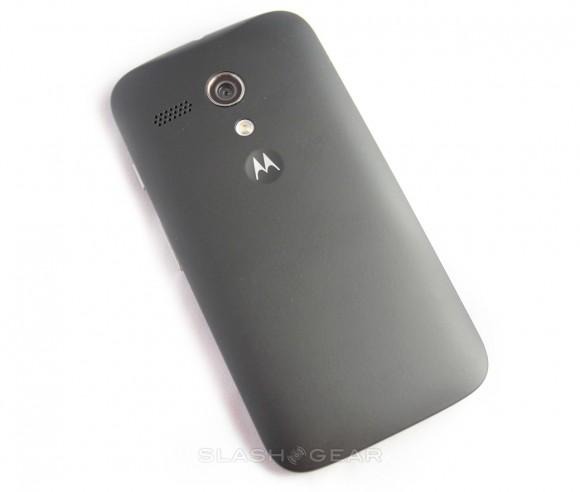
Now we'll find the biggest battler against the Moto G internationally to be the Nokia Lumia 520 – at least until they're sold out across the planet to make way for the Nokia Lumia 525. In the short term, if you'd like to compare the two without price in mind – the Moto G wins the fight, top to bottom, specifications by the numbers, straight up. Then there's operating systems to consider, too.
Then there's the biggest guns in the industry today – the hero phones – the best-in-class contenders. Without standard 2-year obligations, you'll find the following prices for headliners with the USA's top manufacturers: iPhone 5s $649.99 (T-Mobile off-contract 16GB), HTC One $599.99 (HTC Unlocked 16GB), LG G2 $600 (T-Mobile off-contract 32GB), Samsung Galaxy S4 $639.99 (AT&T off-contract 16GB). These prices seem affordable to you all at once?
Wrap-up
Thus the Moto G creates quite an awesome entry in the Android history books, right out the gate. While we expected the Moto X to be that groundbreaking off-contract smartphone that everyone saw coming since early 2013, the Moto G is more than welcome to fill that space heading into 2014. This will certainly be a device to watch in the (believe it or not) emerging budget-minded smartphone market. Motorola leads the way with a device that's far better than the sum of its price tag.

